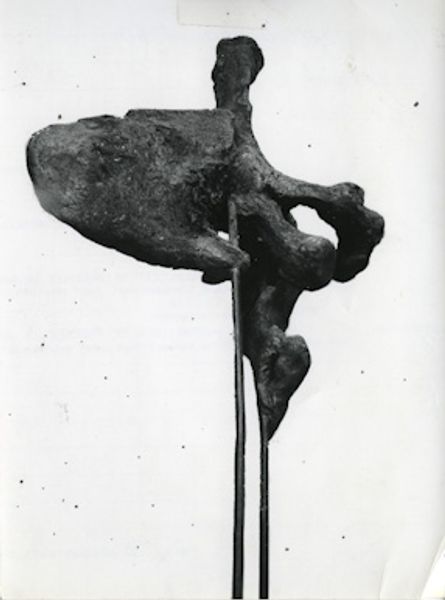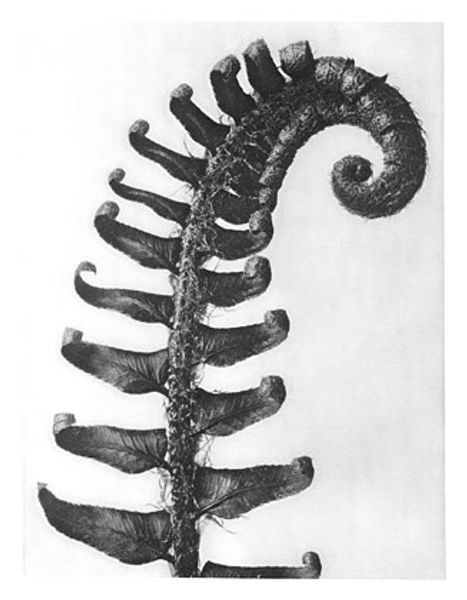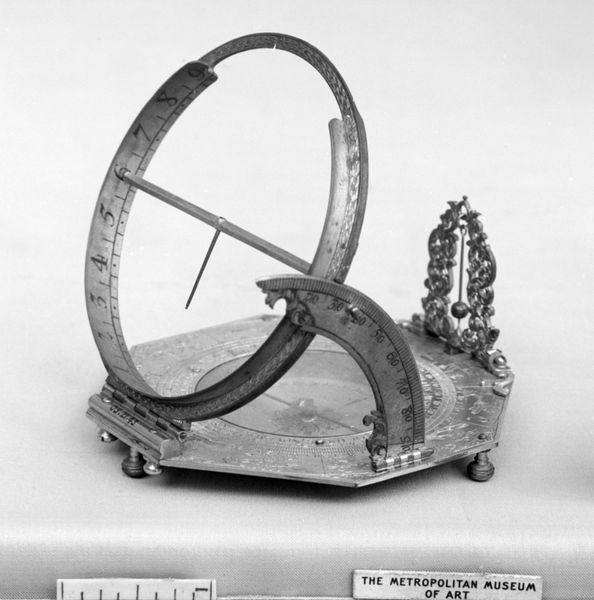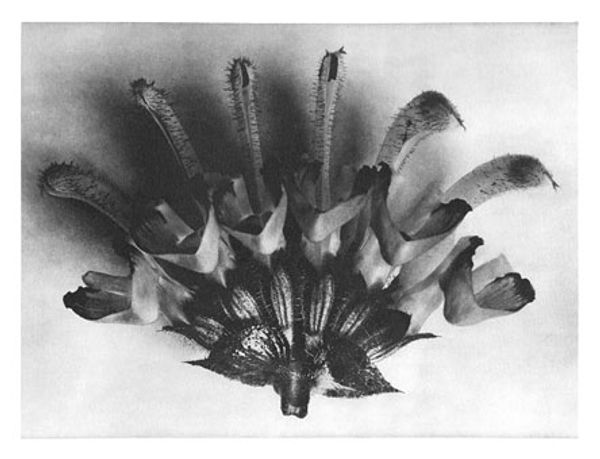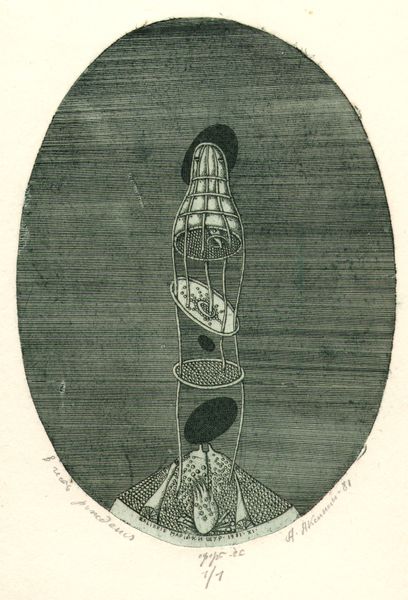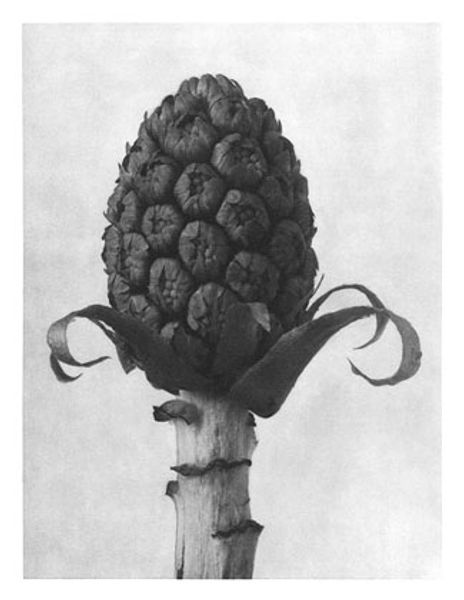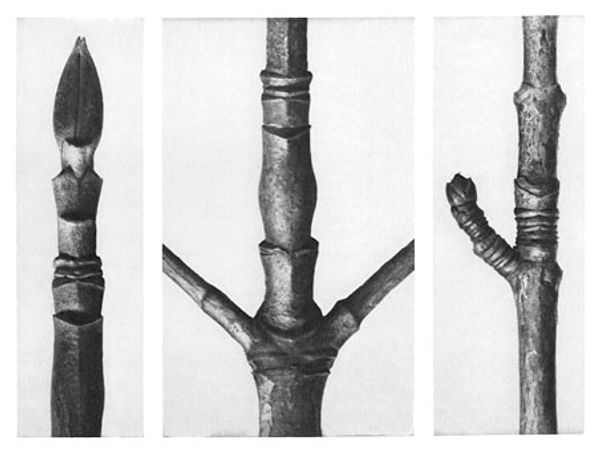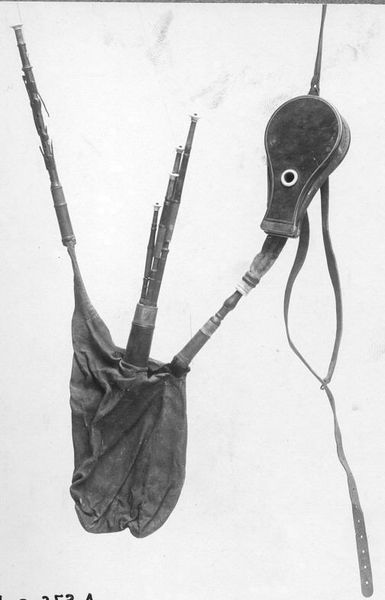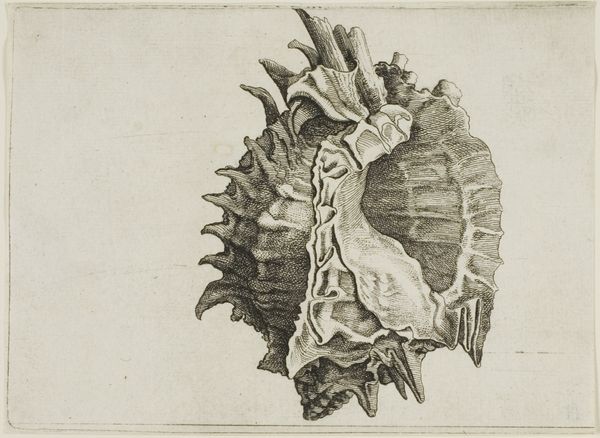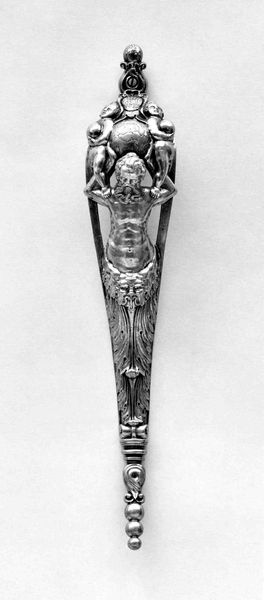
Copyright: Public domain
Karl Blossfeldt produced this silver gelatin print, titled Art Forms in Nature 44, in Germany. Blossfeldt was not only an artist, but also a teacher. He was a key figure in the New Objectivity movement, which sought to portray the world with photographic precision, in reaction to the emotional subjectivity of expressionism. Blossfeldt believed that close-up photographs of plants could reveal underlying architectural forms. In this way, his work challenged established hierarchies in the art world, questioning what could be considered art and where it could be found. His photographs present the natural world as a source of design inspiration, as well as a powerful aesthetic in its own right. Understanding Blossfeldt's work involves considering the institutional context of early 20th-century Germany, including the changing role of art schools and the relationship between art, design, and industrial production. By consulting historical archives and publications, we can come to a richer understanding of how and why Blossfeldt’s photographs came to be so influential.
Comments
No comments
Be the first to comment and join the conversation on the ultimate creative platform.
